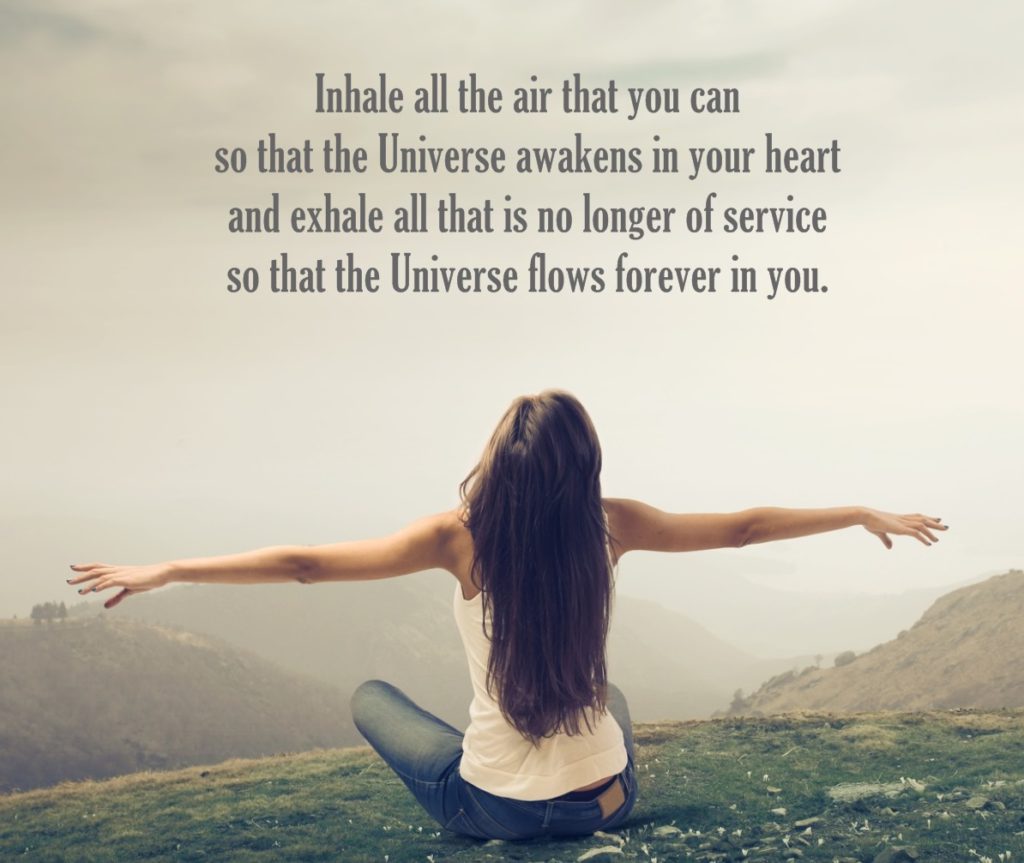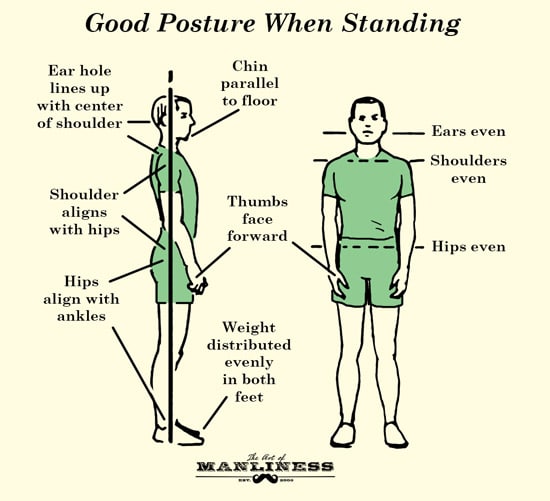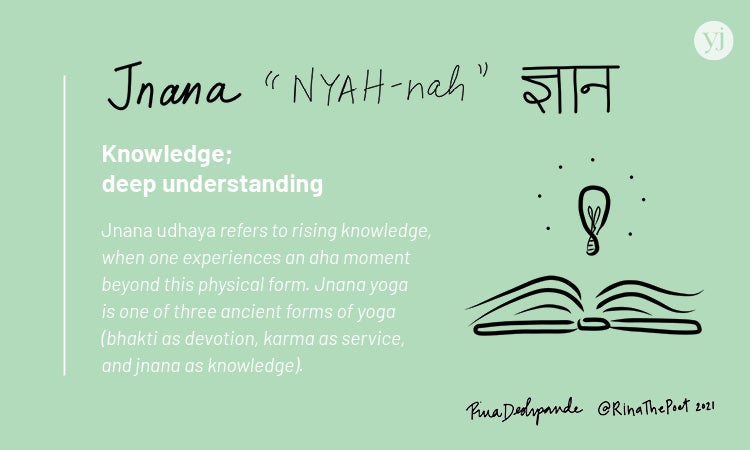
Drishti is a technique that helps one focus by using focused gaze. It relates to the fifth limb of yoga, pratyahara, or sense withdrawal. It also refers to the sixth limb of yoga, dharana. It is about focusing your gaze on your inner world.
Focused gaze
Concentrating one's gaze on one point can have many benefits for the mind. Focused gaze can be helpful in many ways, including helping people feel more calm and equanimous. It also helps reduce distractions from other things. This will ultimately help to increase the work efficiency and attain your goals.
Do drishti. This is where you fix your eyes on one point. This can prevent the mind from being distracted by distractions. It can also help people to develop their ekagraha, dharana state.
Focal point
Drishti means the practice of yoga that focuses on the direction or control of the mind. Drishti helps the practitioner achieve higher levels of consciousness and concentration. Drishti can improve concentration and bring the practitioner into a state of meditative serenity when done correctly. Although it is often overlooked by yoga practitioners, Drishti has many benefits.

Drishti promotes balance in the practice and can help in difficult poses such as tree pose. The focus of the drishti helps to prevent imbalance and keep the practitioner from falling off balance. Most commonly, the drishti can be used in the four-limbed plank and upward-facing dog poses.
Direction of gaze
To develop drishti it is essential to look in the right direction. This helps you to concentrate your mind and reduce distractions. By keeping your gaze fixed on one point, you will be able to focus on the internal essence of a pose and keep it steady. Praying drishti every day will help you develop concentration, focus, and ekagraha.
Drishti is an integral part of yoga practice. The direction of attention and the direction of the gaze are directly linked. The practitioner will need to look at a particular point throughout the practice. This can be in the space or within the posture. As a result, the practice of drishti will lead to a deeper, more relaxed state of mind and body.
Benefits
Drishti is a software that helps manufacturing companies reduce errors. It uses machine vision and analytics to increase quality and monitor process variation. It assists manufacturers in reducing costs related to escaped defects and recalls. The program is primarily used on manual assembly lines.
Drishti benefits include more focus and stability. This is essential for yoga practitioners as it helps them maintain their balance while doing poses. It prevents the mind being distracted by external objects. It also helps develop single-pointed focus.

Drishti: How to get it
Drishti is the living principle that allows you to focus your attention and direct your energies toward what matters most to you. Once drishti develops, it becomes a guiding guide for soulful living. It directs you toward your inward focus and supports alignment between your values and your actions.
Drishti's unique architecture combines 3D convolution models with other techniques to help it recognize actions. It can recognize videos and interpret context to aid in understanding what people are doing. This powerful tool can also be used in a very simple way. It integrates a variety of training modules and learning material that combine hours of knowledge into an easy to follow format. You can also track your progress and make adjustments.
FAQ
Where can I find an experienced yoga teacher?
There are many qualified yoga teachers available in your community. If you don't live near a yoga studio, try searching for one online. Consider signing up online for a yoga class.
What are some of the best yoga mats available?
There are many different types of yoga rugs available. Choose one based on its size, price, and durability.
A high-quality mat will be thick enough for protection, but thin enough to be easily moved.
You may find that a cheap mat does not provide enough support.
Is 20 minutes of Yoga a Day enough?
Yoga should not be seen as just an exercise, but rather as a chance to discover yourself. It's a time for reflection on your life and the way you live it.
My friend introduced me to yoga a few years back. He had been practicing it for many decades. He explained that he used to do yoga for 20 minutes every morning. This helped him feel more calm throughout the day.
I tried it, and it was a great way to improve my overall health. I have continued to do yoga since that time and found it helpful in helping me relax and keep my focus while working at the desk.
The key is finding what works best for you and setting realistic goals. If you don't feel the benefits of yoga, you don't have to do it all day.
Statistics
- According to calorie estimates calculated at Harvard Medical School, the average 125-pound person burns about 120 calories in a half hour of hatha yoga, and a 185-pound person burns about 178 calories in that half hour. (everydayhealth.com)
- Start your Fall off right with 20% off All Access Membership when you sign up by 9/25! (corepoweryoga.com)
- About one in seven U.S. adults practiced yoga in the past 12 months, according to a 2017 national survey. (nccih.nih.gov)
- The American Psychological Association recently shared that 84% of American adults feel the impact of prolonged stress (5). (healthline.com)
- The people in the yoga group were 37 percent more likely to have quit smoking by the end of the 8-week program. (nccih.nih.gov)
External Links
How To
What is your ideal position for practicing yoga?
There are many ways to practice yoga. Each person has their own style. The most important thing is to feel at ease in the positions you choose.
Here are some commonly used positions:
Standing poses - These are great for beginners as they allow you to view your body from many angles. They allow you to focus more on your breathing.
Forward bends - Forward bends are often used to open up tight areas of the body. You can do them sitting down or lying down.
Backbends - Backbends are generally considered advanced poses. Instructors can help you decide if this is a pose you would like to try.
Inversions – Inversions require you to balance upside down. This type is challenging, but rewarding.